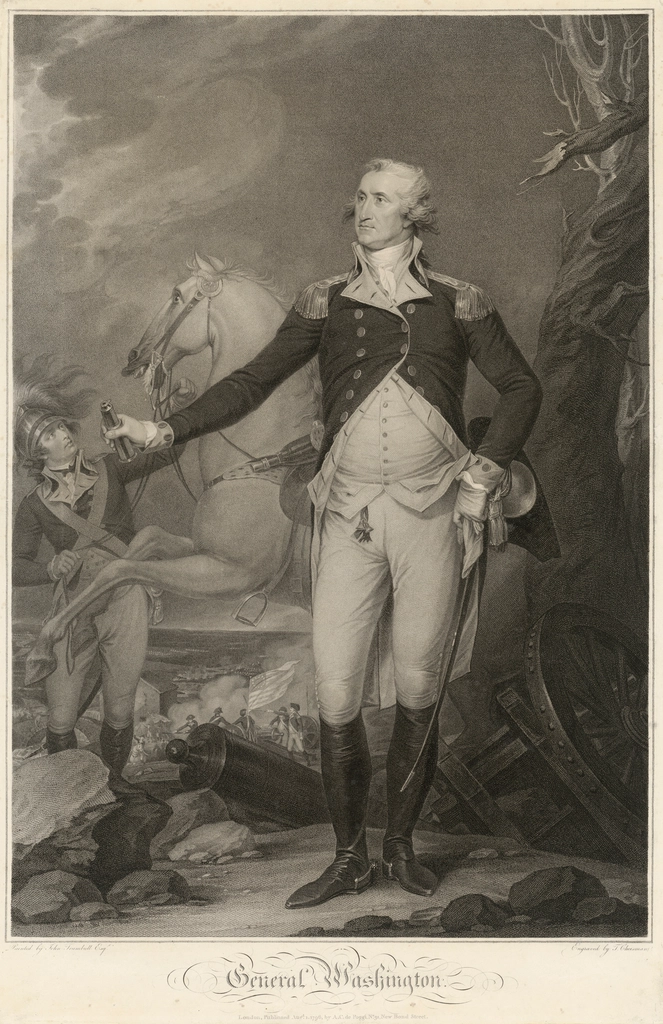Understanding the Importance of Tire Maintenance
Tires are your vehicle’s only point of contact with the road, making them crucial for winter safety. Ensuring proper tire pressure is essential, as it maximizes the contact patch with the road, providing better traction. An underinflated tire can become slightly concave, while an overinflated one becomes convex, both reducing grip. Before inflating your tires, check the manufacturer’s recommended pressure, usually found on a placard inside the driver’s door sill. All-wheel drive might help with traction, but it’s not a substitute for good tires. For winter conditions, consider investing in winter tires, which have a tread designed to handle cold temperatures and icy roads. These tires may not handle as precisely as summer or all-season tires, but they provide added security during harsh weather.
Ensuring Clear Visibility with Proper Wiper Blades
Wiper blades are often overlooked but are vital for safe winter driving. Old wipers tend to smear water and snow, reducing visibility. It’s a good idea to replace them before they become ineffective. Auto parts stores typically carry the right blades for your vehicle and may offer installation services. Opt for quality brands like Rain-X or Bosch to ensure durability. Applying Rain-X spray to your windshield can enhance visibility by preventing water from sticking, making your wipers’ job easier. Don’t wait until you’re caught in a snowstorm to realize your wipers are in poor condition.
Stocking Your Vehicle with Essential Supplies
Preparedness is key, especially during winter months. Keep emergency blankets in your car to retain warmth if you run out of fuel and need to wait in the cold. A small snow shovel can be invaluable if your vehicle gets stuck in snow. Jumper cables and a portable jump starter are must-haves, as cold temperatures can tax your vehicle’s battery. Also, keep a case of water, but remember it might freeze. Regularly topping off your gas tank or charging your battery is crucial, as running out of fuel is not an option in freezing conditions. Ensure your wiper fluid and coolant levels are adequate as well.
The Debate on Warming Up Your Car
Contrary to popular belief, modern vehicles don’t require extensive warming up. Advanced engine lubricants are designed to function in extreme cold. Allow your vehicle’s RPMs to stabilize for a few seconds after starting, then proceed gently for the first minute. Excessive idling can lead to carbon buildup, affecting engine performance over time. Always check that your exhaust pipe is clear of obstructions before setting off. This practice not only saves time but also ensures the longevity of your engine.
Allowing Extra Time for Your Journey
Driving in blizzard conditions necessitates more time than usual. Roads will likely be slower and more dangerous, so plan your trip accordingly. Giving yourself a time buffer reduces stress, increasing the likelihood of a safe journey. Maintain ample distance from the vehicle ahead, as stopping distances increase on slippery roads. These simple adjustments to your routine can significantly enhance your safety during winter driving.
Emphasizing Preparedness and Patience
While this guidance focuses on winter conditions, the principles apply year-round. Being prepared and patient are invaluable traits for any driver. However, the safest option during severe winter weather is to avoid driving altogether. If travel isn’t essential, stay home and wait for conditions to improve. These strategies not only protect you but also contribute to the safety of others on the road.





